Home>diy>Home Improvement>How To Get A Renovation Mortgage


Home Improvement
How To Get A Renovation Mortgage
Modified: March 6, 2024
Discover how to secure a renovation mortgage for your home improvement project, and unlock the funds you need to transform your living space.
(Many of the links in this article redirect to a specific reviewed product. Your purchase of these products through affiliate links helps to generate commission for Storables.com, at no extra cost. Learn more)
Introduction
Embarking on a home renovation project can be an exciting and rewarding endeavor. Whether you’re updating your kitchen, adding an extra bedroom, or giving your entire home a makeover, renovations have the potential to increase both the functionality and value of your property. However, financing such projects can often be a challenge for homeowners.
This is where a renovation mortgage can come to the rescue. A renovation mortgage is a type of loan specifically designed to help homeowners finance their home improvement projects. It allows you to borrow the funds needed for renovations and includes the cost of the renovations in your mortgage.
In this article, we will explore what renovation mortgages are, the different types available, how to qualify for one, finding a lender, applying for a renovation mortgage, and the renovation process itself. We will also provide you with some valuable tips to ensure a successful outcome for your renovation mortgage.
So, if you’re ready to turn your dream home renovation into a reality, let’s dive in and explore the world of renovation mortgages.
Key Takeaways:
- Renovation mortgages provide a single loan to cover both home purchase and renovation costs, offering flexibility and favorable interest rates for various types of renovations.
- To secure a renovation mortgage, research and choose the right lender, communicate openly, and plan for unexpected costs to ensure a successful and rewarding renovation experience.
Read more: How To Get A Mortgage For Home Improvements?
Understanding Renovation Mortgages
Before we delve into the different types of renovation mortgages and how to qualify for them, it’s important to have a thorough understanding of what a renovation mortgage actually is. Essentially, a renovation mortgage is a loan that allows homeowners to finance the cost of their home improvement projects. Unlike a traditional mortgage, which only covers the purchase of a home, a renovation mortgage includes both the purchase price and the cost of renovations.
One of the key advantages of a renovation mortgage is that it provides homeowners with a single loan to cover both the purchase or refinancing of their home and the cost of renovations. This can be particularly beneficial if you’re purchasing a fixer-upper or looking to improve your current property.
Renovation mortgages offer flexibility when it comes to the types of renovations that can be financed. Whether you’re planning minor cosmetic upgrades or extensive structural changes, a renovation mortgage can provide you with the funds you need to transform your home.
Additionally, renovation mortgages often have more favorable interest rates and terms compared to other financing options, such as personal loans or credit cards. This makes them an attractive choice for homeowners looking to undertake significant home improvement projects.
It’s important to note that renovation mortgages are not limited to primary residences. They can also be used for renovation projects on second homes or investment properties. This allows homeowners to not only improve the properties they live in but also enhance the value and income potential of their real estate investments.
Now that we have a solid understanding of what renovation mortgages are, let’s explore the different types available and how to qualify for them.
Types of Renovation Mortgages
When it comes to renovation mortgages, there are several types to choose from. Each type caters to different needs and financial situations. Let’s take a closer look at some of the most common types of renovation mortgages:
- FHA 203(k) Loan: This is a popular choice for homeowners who need to finance major renovations. It is offered by the Federal Housing Administration (FHA) and allows borrowers to include the cost of renovations in their mortgage. The FHA 203(k) loan has low down payment requirements and flexible credit guidelines, making it accessible to a wide range of borrowers.
- Fannie Mae HomeStyle Loan: This loan program is offered by Fannie Mae and is a great option for homeowners who have a good credit score and prefer a conventional mortgage. The HomeStyle loan allows borrowers to finance both the purchase or refinancing of their home and the cost of renovations. It offers competitive interest rates and flexible terms.
- VA Renovation Loan: Available to eligible active-duty service members, veterans, and their spouses, this renovation loan is offered by the Department of Veterans Affairs (VA). It allows borrowers to include renovation costs in their mortgage, which can be advantageous for those looking to improve their homes while taking advantage of VA loan benefits.
- USDA Rural Housing Renovation Loan: This loan program is specifically designed for individuals living in rural areas. It is offered by the U.S. Department of Agriculture (USDA) and allows borrowers to finance renovations alongside the purchase or refinancing of their homes. The USDA Rural Housing Renovation Loan has low interest rates and requires no down payment.
- Conventional Renovation Loan: This type of renovation loan is offered by private lenders and typically requires a higher credit score and a larger down payment compared to government-backed loans. However, it offers flexibility in terms of renovation projects and can be a good fit for homeowners who don’t qualify for other types of renovation mortgages.
Each of these types of renovation mortgages has different eligibility requirements, loan limits, and terms. It’s important to thoroughly research and evaluate each option to determine which one best suits your needs and financial situation.
Now that we understand the different types of renovation mortgages, let’s explore the qualifications needed to secure one.
Qualifying for a Renovation Mortgage
Qualifying for a renovation mortgage is similar to qualifying for a traditional mortgage, but with some additional considerations. Lenders assess several factors to determine your eligibility for a renovation mortgage. Here are some key factors to consider:
- Credit Score: Your credit score plays a crucial role in the mortgage approval process. Lenders typically look for a credit score of 620 or higher for renovation mortgages. However, some loan programs may have more lenient credit requirements.
- Income and Employment Stability: Lenders will review your income and employment history to ensure you have the financial means to repay the mortgage. They will consider factors such as your debt-to-income ratio and employment stability.
- Down Payment: The down payment requirement varies depending on the type of renovation mortgage and the lender. Some loan programs, like the FHA 203(k) loan, offer low down payment options.
- Property Eligibility: The property you intend to renovate must meet certain requirements set by the lender. These requirements may include minimum property standards and restrictions on the type of renovations allowed.
- Renovation Plan and Budget: You will need to provide a comprehensive renovation plan and budget to the lender. This includes detailed information on the scope of the renovations, cost estimates, and timelines.
In addition to these factors, it’s important to have appropriate documentation ready for the lender, such as tax returns, pay stubs, bank statements, and any other financial information requested. The lender will use this information to assess your financial stability and ability to repay the loan.
Working with a knowledgeable mortgage professional can greatly facilitate the qualification process. They can guide you through the necessary steps, help you understand the requirements specific to each loan program, and assist you in gathering the required documentation.
Now that we’ve covered the qualification process, let’s move on to finding a lender for your renovation mortgage.
Finding a Lender for Your Renovation Mortgage
When it’s time to secure a renovation mortgage, finding the right lender is crucial. Here are some steps to help you find a lender who specializes in renovation mortgages:
- Do Your Research: Start by conducting thorough research online and gathering information about lenders who offer renovation mortgages. Look for lenders with a solid reputation, positive customer reviews, and extensive experience in renovation financing.
- Seek Recommendations: Reach out to friends, family, or colleagues who have undergone home renovations and ask about their experiences with lenders. Personal recommendations can provide valuable insights and help you narrow down your options.
- Talk to Multiple Lenders: Reach out to multiple lenders to discuss your renovation plans and specific financing needs. Engage in conversations to understand their expertise, loan programs available, interest rates, and fees. It’s essential to compare offers and choose the lender that fits your requirements best.
- Ask About Renovation Mortgage Experience: Inquire about the lender’s experience with renovation mortgages, including the number of renovation loans they have facilitated and their understanding of the specific requirements and intricacies involved in financing renovation projects.
- Consider Specialized Renovation Lenders: Some lenders specialize in renovation mortgages and have dedicated loan programs and resources for such projects. These specialized lenders may offer more tailored solutions and a deeper understanding of the renovation financing process.
- Review Terms and Conditions: Carefully review the terms, conditions, and fees associated with each lender’s renovation mortgage offering. Compare interest rates, repayment terms, and any additional charges to ensure you choose the most favorable option for your financial situation.
- Seek Professional Guidance: If you’re unsure about finding the right lender or navigating the renovation mortgage process, consider seeking assistance from a mortgage broker or a renovation specialist. These professionals can provide expert guidance, access to multiple lenders, and help you find the most suitable renovation mortgage for your project.
Remember, finding the right lender is crucial to ensure a smooth and successful financing process for your renovation project. Take the time to evaluate your options, ask pertinent questions, and choose a lender who understands your vision and goals.
Once you have found the right lender, it’s time to move on to the application process for your renovation mortgage, which we will cover in the next section.
When applying for a renovation mortgage, make sure to have a detailed plan and cost estimate for the renovations. Lenders will want to see that the funds will be used for improving the property.
Read more: How To Get Money For Home Renovation
Applying for a Renovation Mortgage
Now that you have identified a lender for your renovation mortgage, it’s time to start the application process. Applying for a renovation mortgage involves several steps, and it’s important to be prepared. Here’s a step-by-step guide to help you navigate the application process:
- Gather Required Documentation: Collect all the necessary documentation to support your mortgage application. This typically includes personal identification, proof of income, bank statements, tax returns, employment history, and your renovation plan and budget.
- Complete the Loan Application: Fill out the loan application provided by your lender. Be thorough and accurate when entering personal and financial information. Double-check the application before submitting to ensure all information is correct.
- Get Prequalified or Preapproved: Some lenders offer the option to get prequalified or preapproved for a renovation mortgage. This step can give you an idea of how much you may be eligible to borrow and can strengthen your position when making an offer on a property.
- Provide Renovation Details: Share your renovation plan and budget with the lender. This includes providing detailed information about the scope of work, cost estimates, contractor details (if applicable), and a timeline for completion.
- Undergo a Property Appraisal: The lender may require a property appraisal to determine its value and ensure it meets the loan requirements. An appraiser will evaluate the property’s condition and assess the potential value after renovations are completed.
- Review and Sign Loan Documents: Once your application is approved, carefully review the loan documents provided by the lender. Understand the terms, interest rate, repayment schedule, and any fees or closing costs associated with the mortgage. If everything aligns with your expectations, sign the documents to finalize the loan.
- Close the Loan: The final step is the loan closing, where all parties involved meet to sign the necessary paperwork. During this stage, the funds for the renovation mortgage will be disbursed, and ownership of the property will be transferred (if applicable).
During the application process, it’s essential to stay in regular communication with your lender. Respond promptly to any requests for additional information or documentation to keep the process on track and avoid delays.
Remember, each lender may have specific requirements and processes, so it’s important to follow their guidance and ask any questions you may have along the way.
With the application process complete, it’s time to move on to the exciting phase of your project – the renovation process. We’ll explore this in the next section.
The Renovation Process
Now that you have secured your renovation mortgage, it’s time to dive into the renovation process itself. Proper planning and organization are key to ensuring a successful renovation project. Here are the main steps involved in the renovation process:
- Create a Detailed Renovation Plan: Work with a contractor or architect to create a detailed plan for your renovation. This includes specifying the scope of work, materials to be used, and a timeline for completion. Be clear about your goals and expectations to avoid any misunderstandings.
- Hire Reliable Contractors: Research and hire licensed and experienced contractors who specialize in your type of renovation. Obtain multiple quotes, check references, and review past projects to ensure you choose the right professionals for the job.
- Obtain Necessary Permits: Depending on the extent of your renovation, you may need to obtain permits from your local government or homeowners’ association. Ensure that all necessary permits are acquired before work begins to avoid any legal complications.
- Start the Renovation: Once all the preparations are in place, the renovation work can begin. Regularly communicate with your contractor to track progress, address any concerns, and make adjustments as needed. Obtain regular updates on the timeline and budget to ensure alignment with your expectations.
- Monitor the Progress: Keep a close eye on the renovation progress. Regularly inspect the work done, ask questions, and communicate any changes or adjustments needed. Staying involved in the process will help ensure that the renovations align with your vision.
- Manage the Budget: Budget management is crucial during a renovation. Keep track of expenses, review invoices, and monitor any changes to the budget. Be prepared for unexpected expenses that may arise during the renovation and incorporate a contingency amount into your budget.
- Complete the Renovation: As the renovation nears completion, do a final walk-through with your contractor to ensure that everything has been completed to your satisfaction. Address any remaining issues or touch-ups before finalizing the project.
- Submit Documentation to Lender: Once the renovation is complete, gather all the necessary documentation, such as receipts, invoices, and completion certificates, to submit to your lender. This will verify that the renovation has been performed as planned and may be required for disbursement of any remaining renovation funds.
Throughout the renovation process, maintain clear and open communication with your contractor and lender. Regularly update them on the progress, share any changes or challenges faced, and ensure all parties are aligned on expectations.
Remember, renovations can be a complex and time-consuming process. Patience, flexibility, and proactive management will ultimately lead to a successful outcome for your renovation project.
Now that we’ve covered the renovation process, let’s move on to some tips for a successful renovation mortgage experience.
Tips for a Successful Renovation Mortgage
A successful renovation mortgage experience requires careful planning and execution. Here are some valuable tips to help you make the most of your renovation mortgage:
- Set Realistic Goals: Clearly define your renovation goals and prioritize them. Understand what you want to achieve with your renovation and create a detailed plan to guide the process.
- Research and Budget Wisely: Conduct thorough research to estimate the costs of your renovation accurately. Create a realistic budget that includes not only the renovation expenses but also any additional costs, such as permits and unexpected repairs.
- Choose the Right Professionals: Select experienced and reputable contractors and designers who specialize in the type of renovations you require. Obtain multiple quotes and check references to ensure you’re working with reliable professionals.
- Communicate Openly: Maintain open and honest communication with your contractor and lender throughout the process. Clearly articulate your expectations, address any concerns promptly, and stay informed about the progress.
- Prepare for the Unexpected: Renovations can often come with surprises. Set aside a contingency fund to cover any unforeseen expenses that may arise during the renovation. Being prepared will help you manage unexpected costs without derailing your project.
- Stay Involved: Be actively involved in the renovation process and regularly visit the site to monitor progress. Stay informed about the decisions being made and provide feedback to ensure the end result aligns with your vision.
- Keep Records: Keep detailed records of all financial transactions, including invoices, receipts, and contracts. This documentation will prove valuable when submitting information to your lender or for tax purposes.
- Be Mindful of Timelines: Work closely with your contractor to establish realistic timelines for each phase of the renovation. Set clear expectations and ensure everyone is on the same page regarding project completion dates.
- Regularly Review Finances: Keep a close eye on your renovation budget and track expenses. Regularly review invoices and make adjustments if necessary. Maintaining control over your finances will help ensure you stay within budget.
- Stay Positive and Flexible: Renovations can be challenging, but maintaining a positive attitude and being flexible will contribute to a smoother experience. Be prepared to adapt to unforeseen circumstances and make necessary adjustments along the way.
By following these tips, you’ll be better equipped to navigate the renovation mortgage process successfully and achieve your desired results. Remember, patience, effective communication, and careful planning are key to a smooth and rewarding renovation journey.
As you approach the end of your renovation project, it’s important to reflect on the progress you’ve made and the transformation of your home. In the next section, we’ll conclude our discussion and offer some final thoughts.
Conclusion
Embarking on a home renovation can be an exciting and transformative experience, and a renovation mortgage can open the doors to turning your dream home into a reality. By understanding the ins and outs of renovation mortgages, you can confidently navigate the process and secure the necessary financing to fund your renovation project.
In this article, we explored the different types of renovation mortgages available, from government-backed loans like FHA 203(k) and VA Renovation Loans to conventional options like Fannie Mae HomeStyle Loans. We also discussed the qualifications needed to qualify for a renovation mortgage and provided tips on finding the right lender for your needs.
We then delved into the application process, emphasizing the importance of gathering the required documentation and staying in close communication with your lender. Additionally, we discussed the renovation process itself, stressing the significance of creating a detailed renovation plan, hiring reliable contractors, and monitoring the progress to ensure a successful outcome.
Throughout this journey, we shared valuable tips to help you maximize your renovation mortgage experience, such as setting realistic goals, staying involved in the process, and preparing for unexpected costs. By following these tips, you can navigate the renovation process with confidence and achieve the results you desire.
Remember, a renovation mortgage is not just about improving your home; it’s an investment in your future. It can increase the value of your property, enhance your living experience, and create a space that truly reflects your style and needs.
As you embark on your renovation journey, remember to approach the process with patience, flexibility, and a positive mindset. Throughout the highs and lows of the renovation process, keep your end goal in mind and enjoy the transformation unfolding before your eyes.
Now armed with the knowledge and understanding of renovation mortgages, it’s time to take action and turn your renovation dreams into a reality. Good luck with your renovation project, and may it bring you joy and satisfaction for many years to come!
Frequently Asked Questions about How To Get A Renovation Mortgage
Was this page helpful?
At Storables.com, we guarantee accurate and reliable information. Our content, validated by Expert Board Contributors, is crafted following stringent Editorial Policies. We're committed to providing you with well-researched, expert-backed insights for all your informational needs.
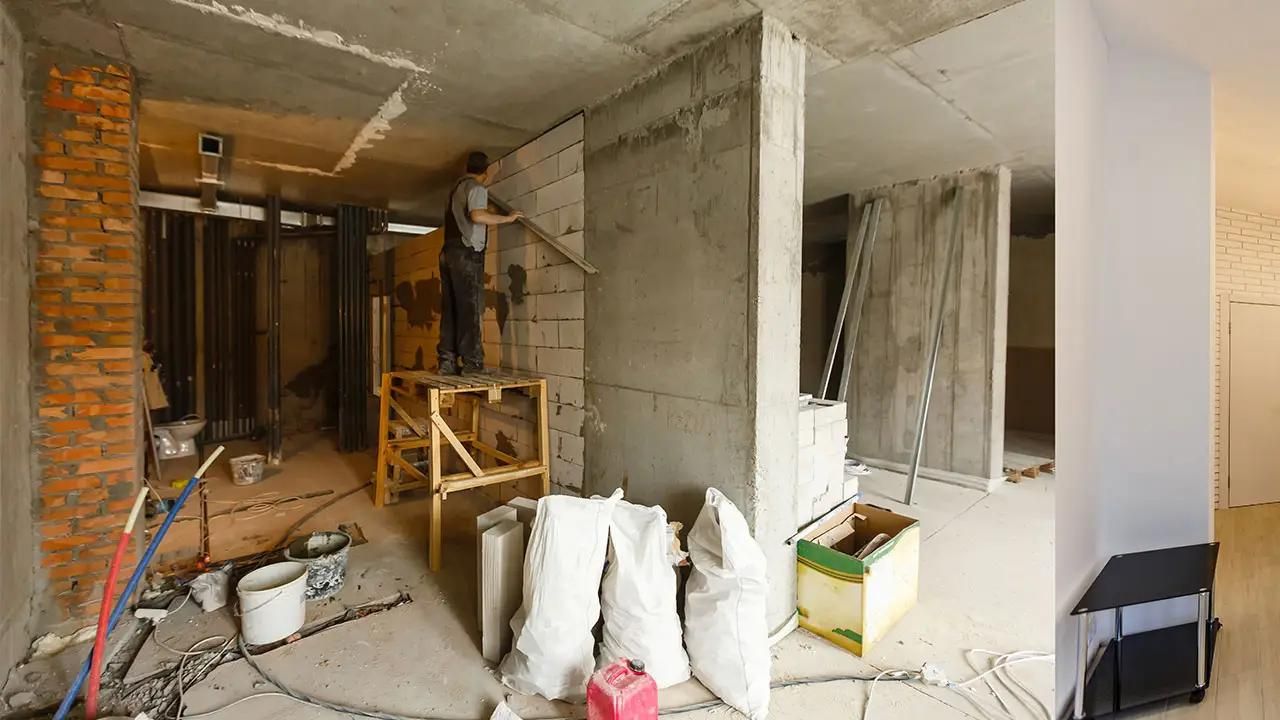


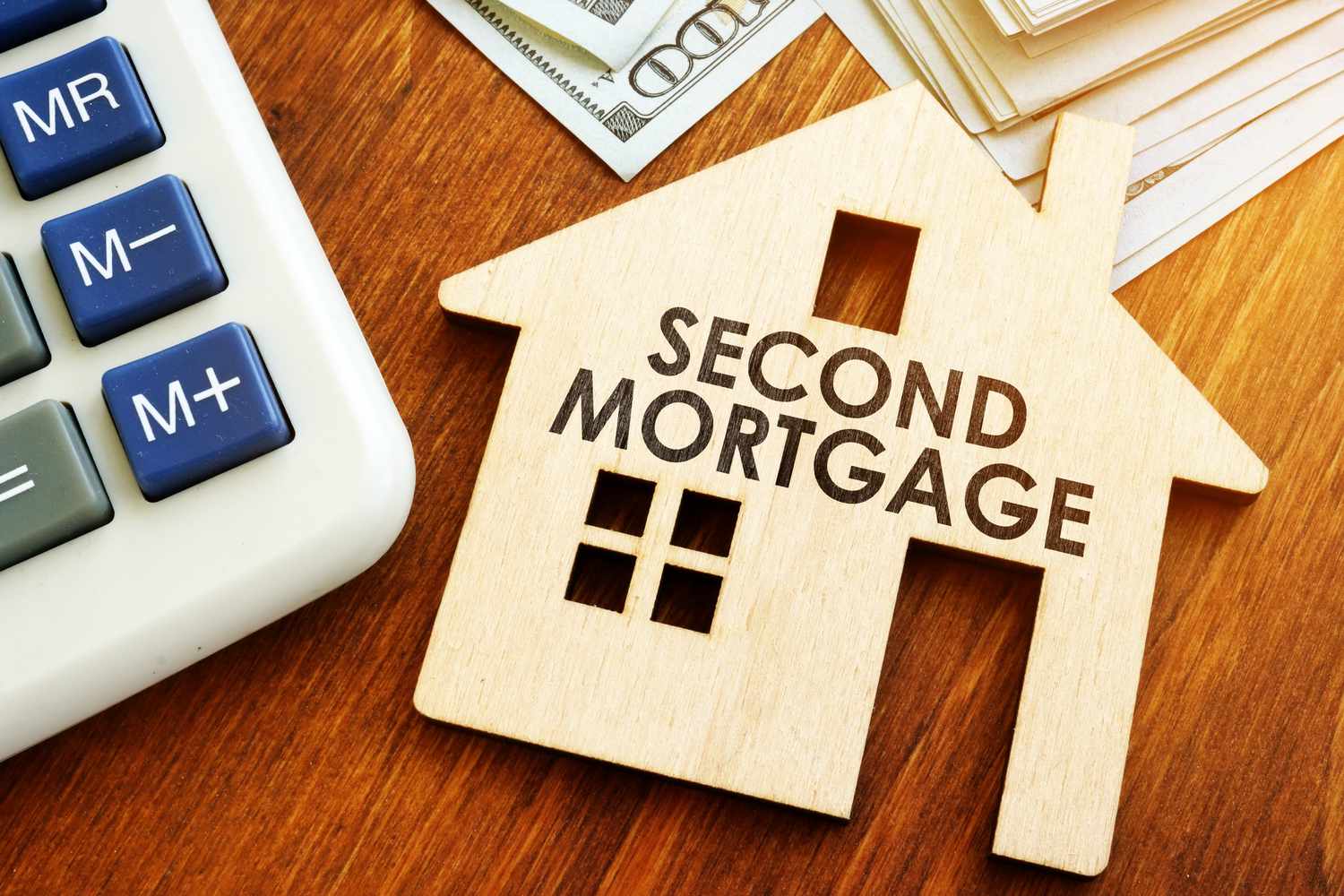
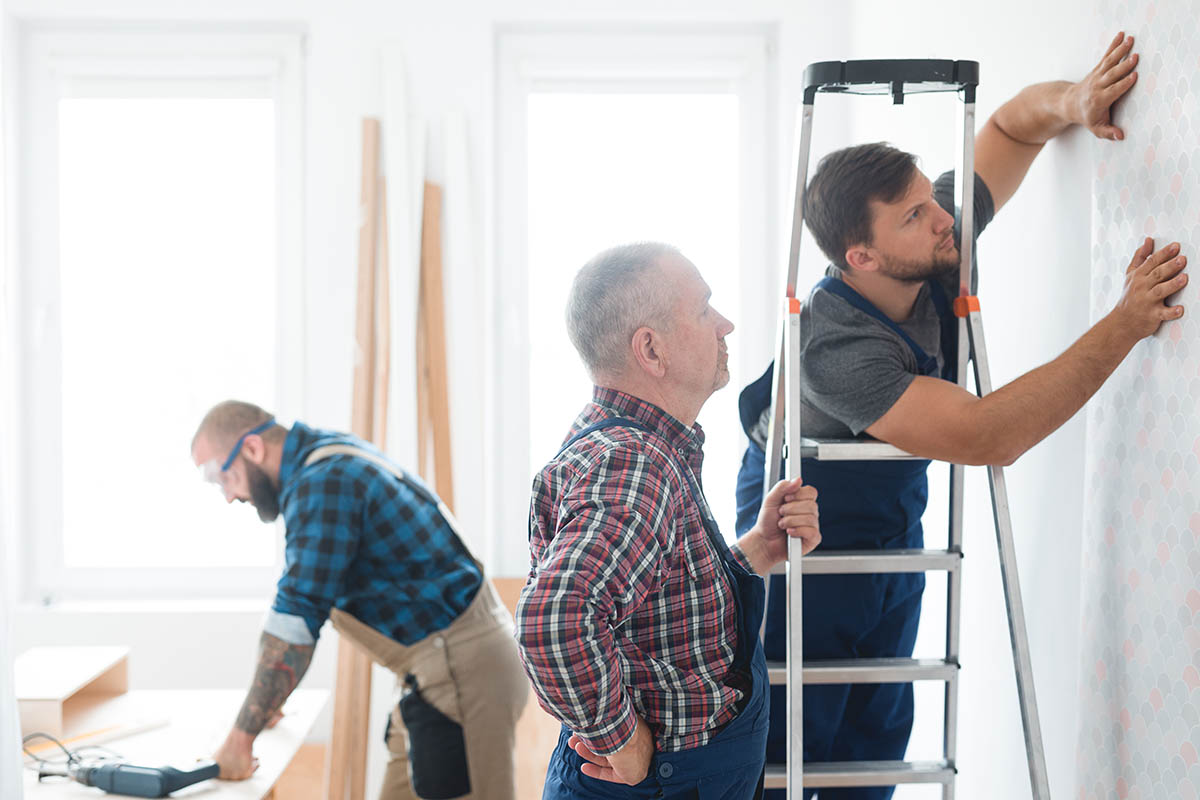


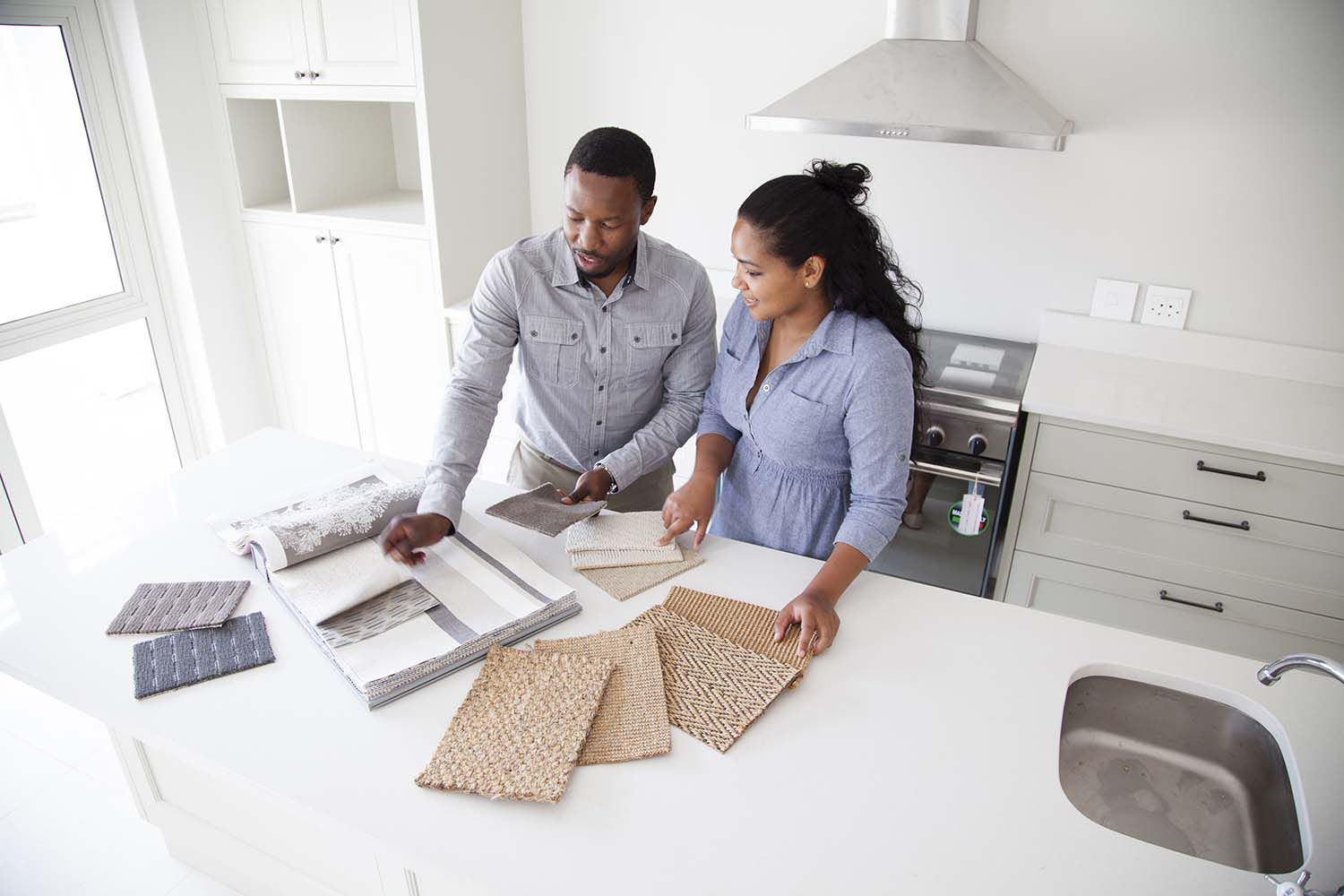
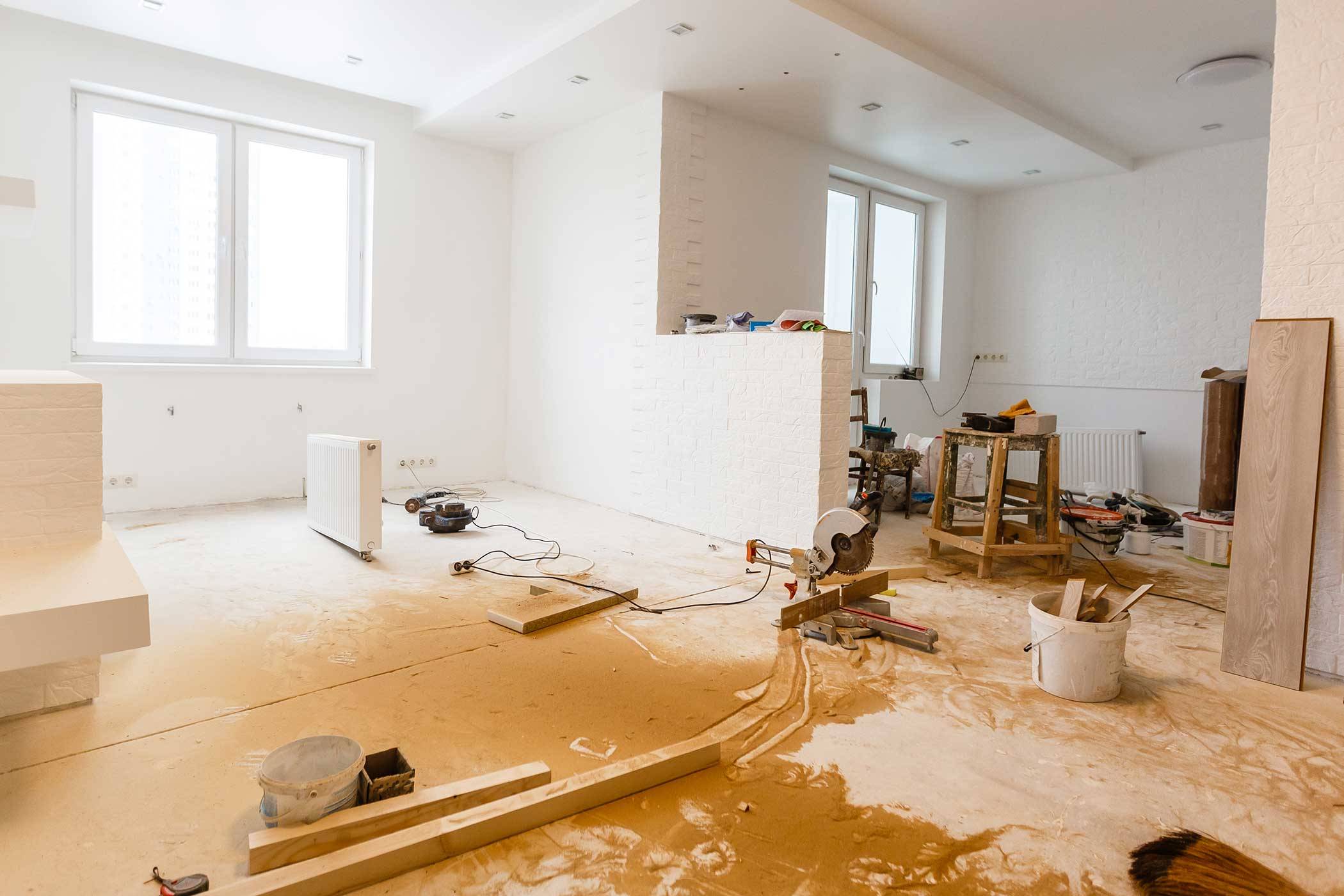
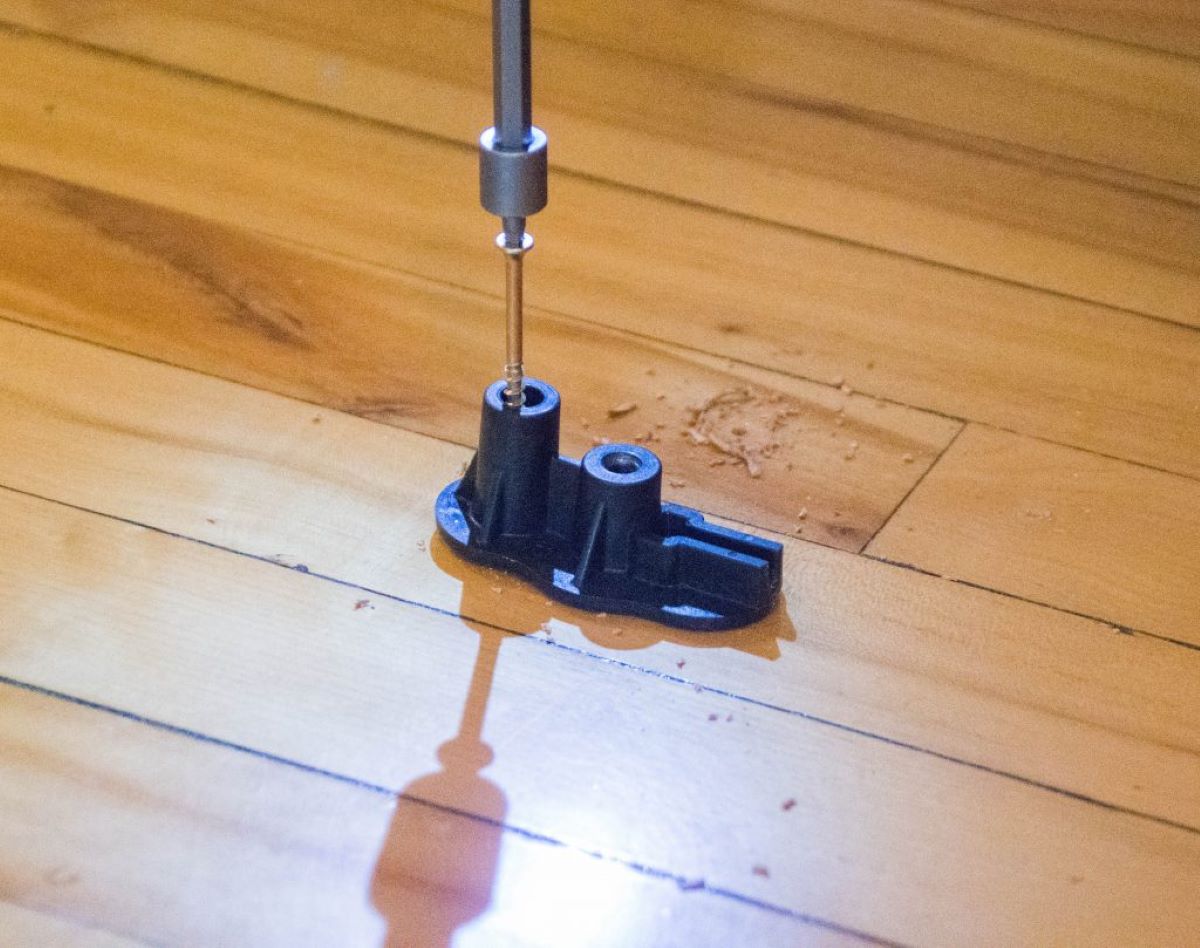
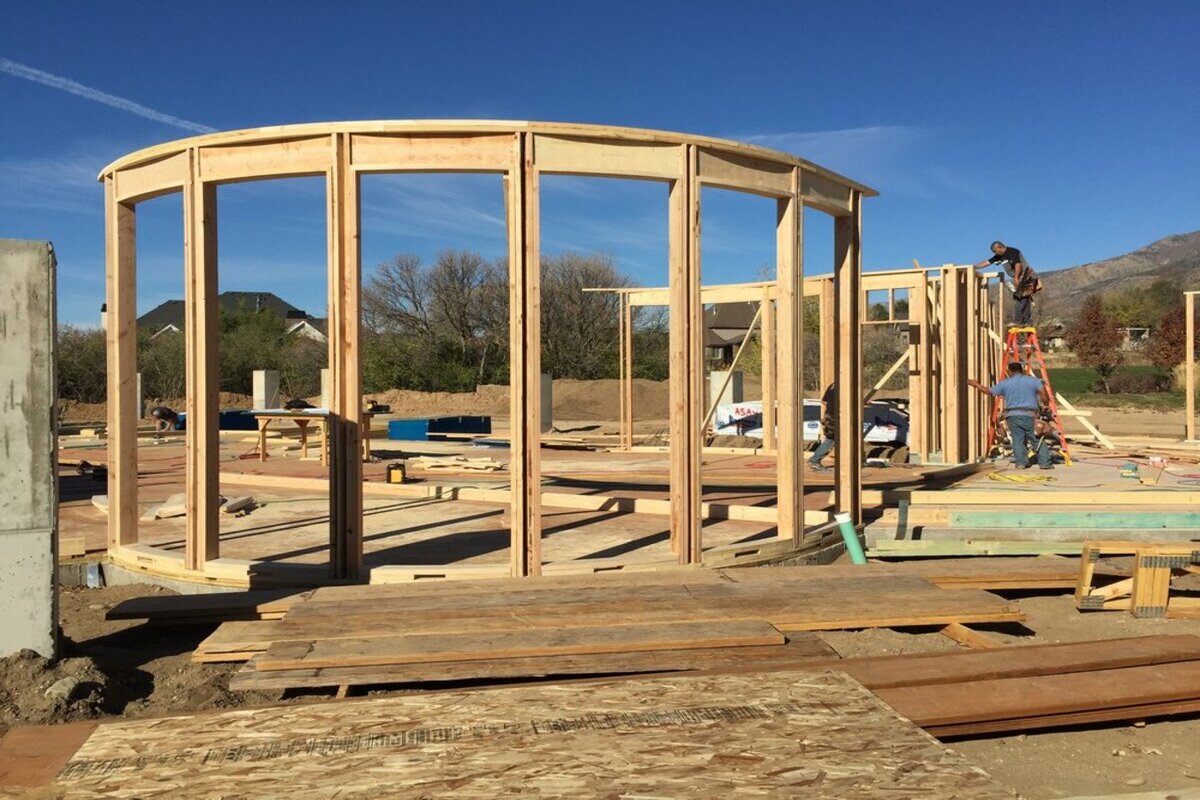
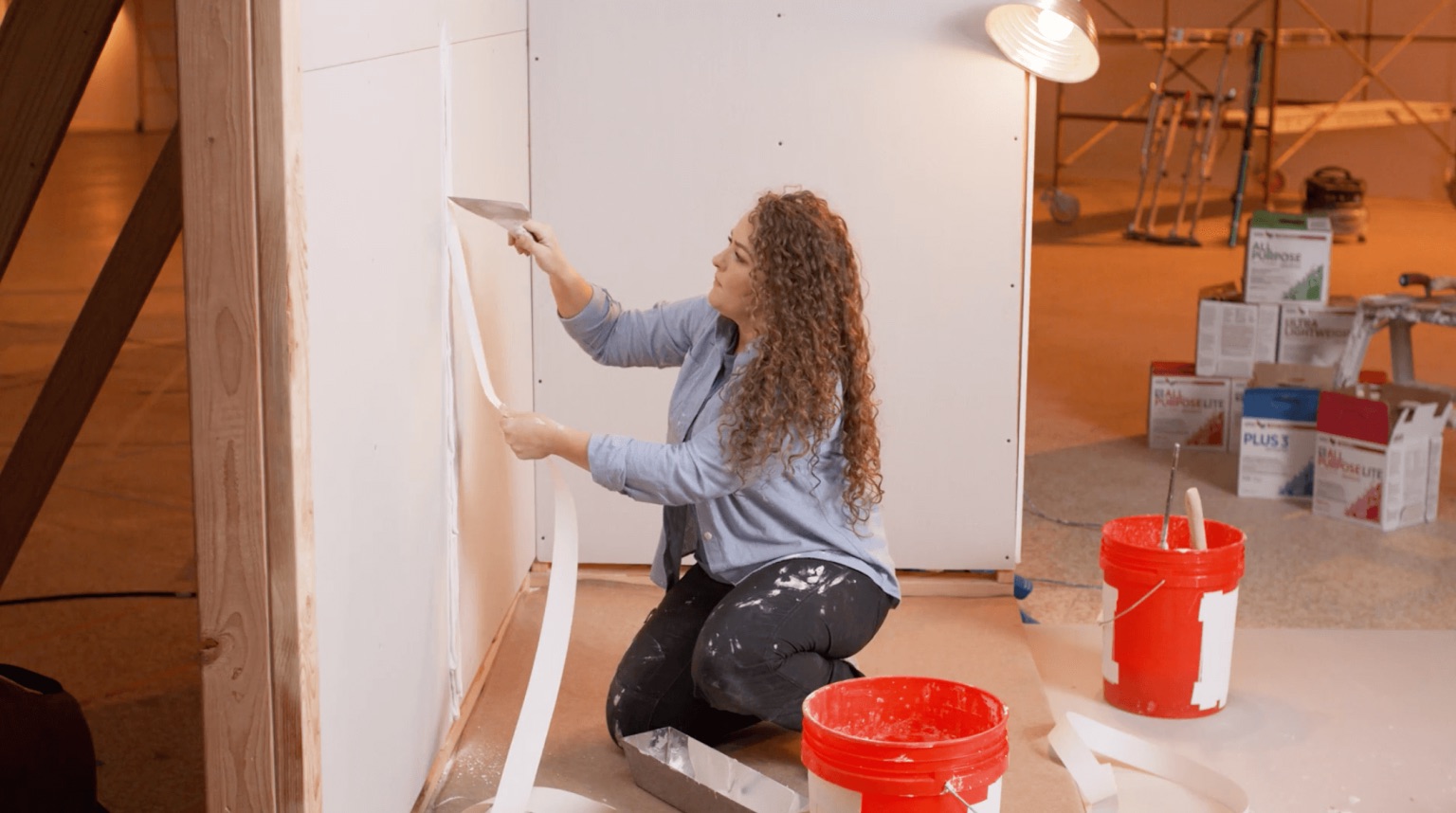
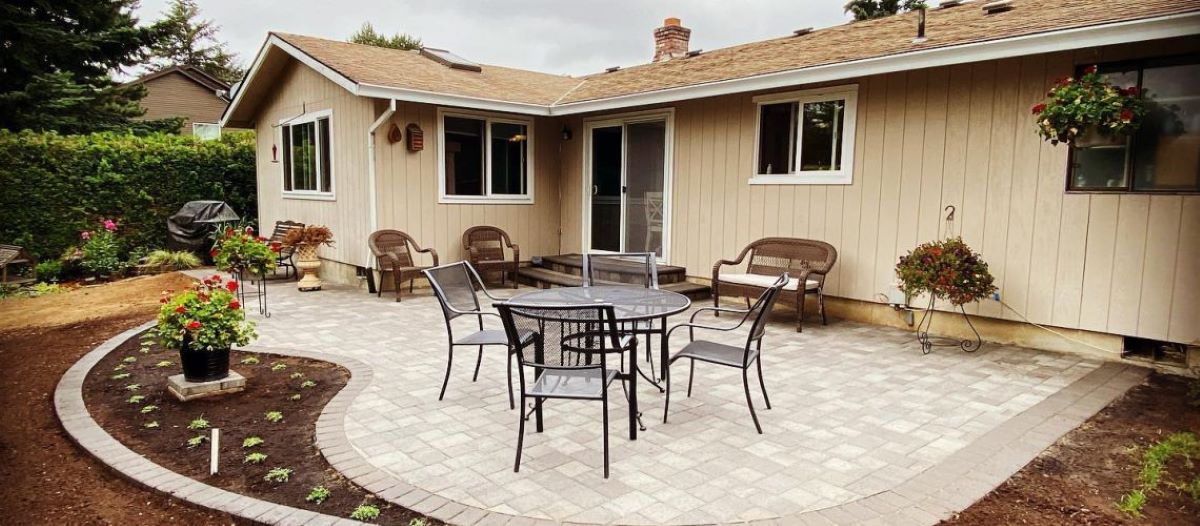
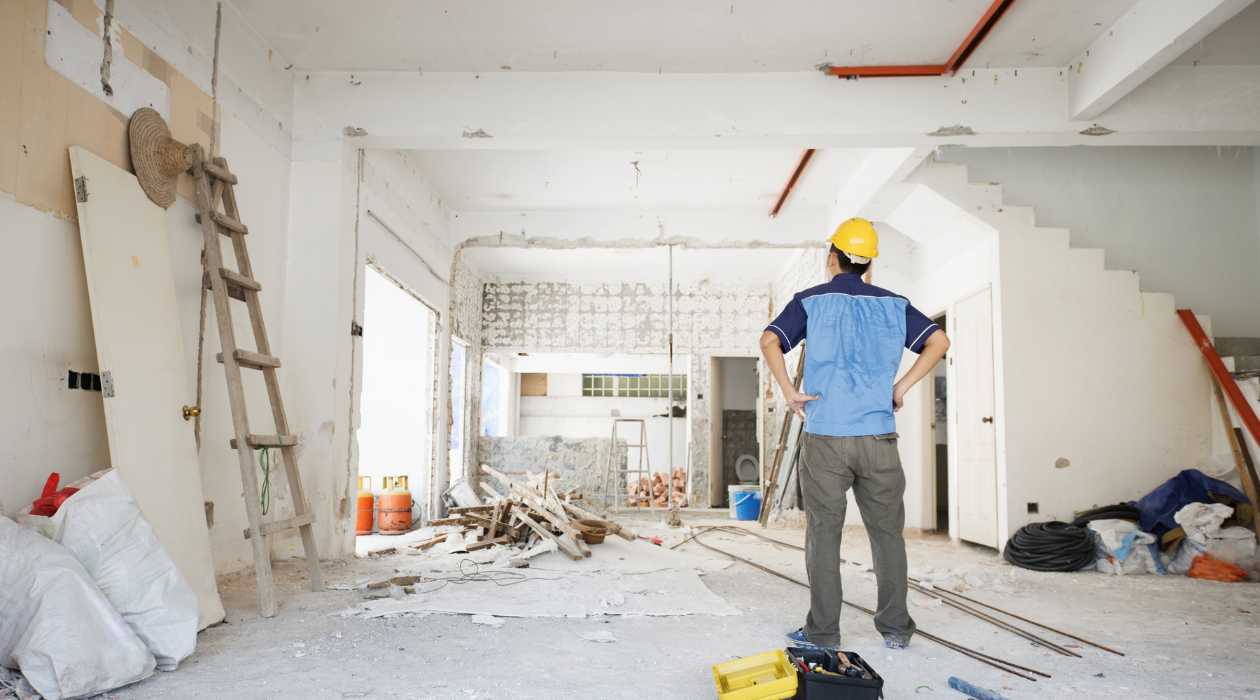

0 thoughts on “How To Get A Renovation Mortgage”